Nearly all animals produce eggs, but only some of them lay eggs outside of the body. Birds' egg shells are one of nature's great design solutions: thin, porous, yet amazingly strong. They are shaped and structured to provide protection and nutrients for the developing embryo.
Bird eggs have 5 important parts. The most important is the germinal disk. This is found inside the yolk and is the cell nucleus from which the young bird would have developed if the egg had been fertilised. Cockerels are not needed for egg production and commercially produced eggs for eating are not fertilised.
The bulk of an egg consists of a white solution of proteins, mineral elements, carbohydrate, and water called albumen. In chicken eggs the albumen makes up 58% of the total mass with the yolk making 31% and the shell the remaining 11%.
The shell of an egg is made from a type of calcium carbonate called calcite. This is the same material that also occurs in marble, limestone, coral, and chalk! Egg shells vary naturally in pigment colour. This is added on the surface of the shell and varies depending on the breed of the hen - Marans have a deep brown egg, Leghorns lay a white egg. The only breeds to have the colour pigment all the way through the shell are the blue egg layers, such as the Araucana. In order to create an olive coloured egg, Araucanas are crossed with a brown egg layer such as Marans or Welsummer.
The Chicken Egg
Everybody is familiar with a chicken egg. The true egg or ovum (its scientific name) is a microscopically small structure. It is surrounded by large yellow yolk, which is in reality a reserve of food for the developing embryo. This in turn is surrounded by another food reserve - the albumen (or egg white) which is composed almost entirely of protein substances. Surrounding these are two membranes and the whole is enclosed in the porous calcareous shell. Between the two membranes at the broad end is an air-space which provides air for the young chick to breathe. The porous shell also allows air to pass through during the development of the embryo, providing vital gas exchange. When eggs are preserved the shell pores are blocked up by the preservative, thus preventing the entry of any air which might cause decomposition. The yolk is maintained in suspension at the centre of the white by strands of albumen known as chalazae. There are two of these (one either side of the yolk along the horizontal axis of the egg). These keep the yolk always in the middle, irrespective of the movement of the egg.
Test your knowledge
Can you answer the following questions?
- Why are eggs nutritious to eat?
- Why is the egg shell a strong structure?
- What would cause an egg to decompose?
- What is the air space for?
- What differences can you see between the fresh and stale egg contents?
- How many creatures can you think of that lay eggs? Write them down.



